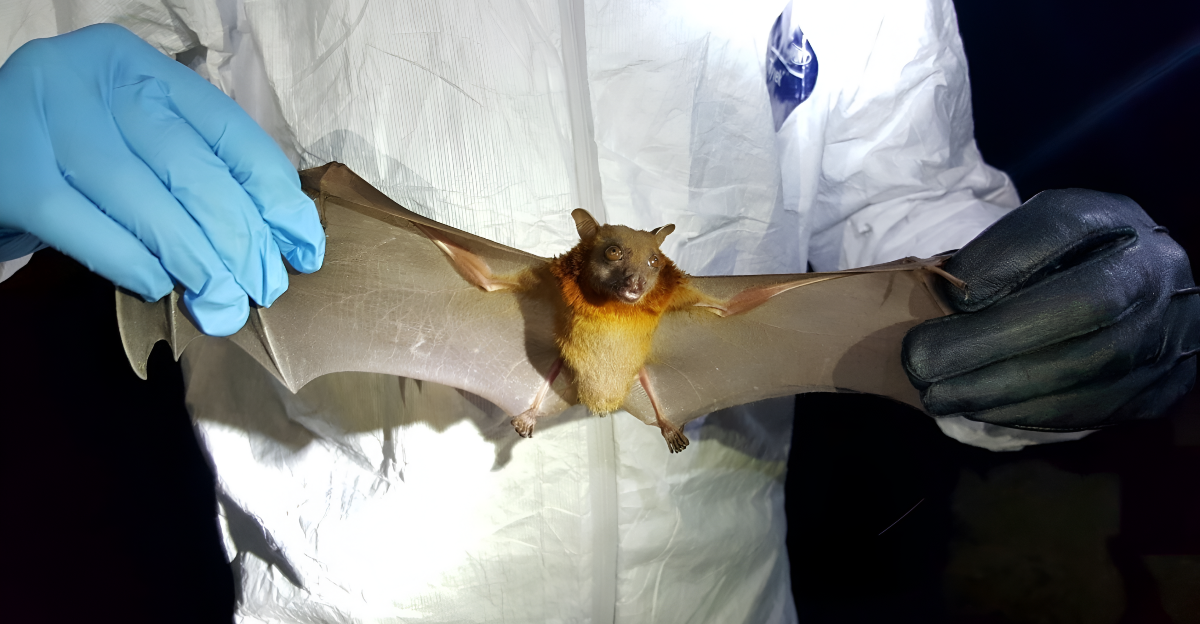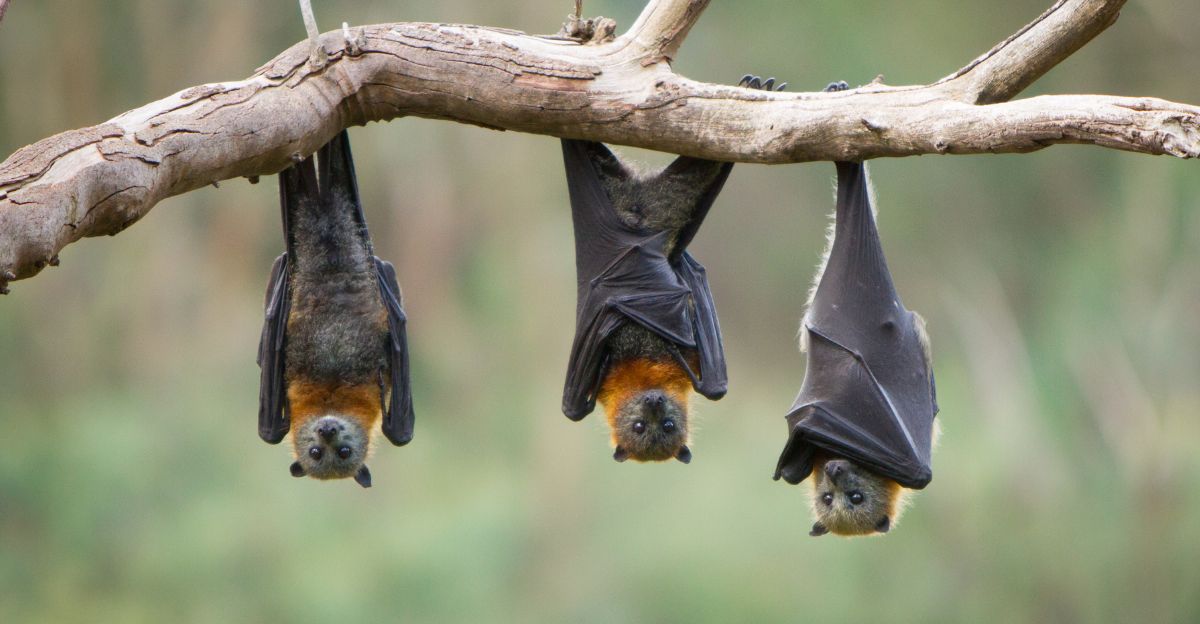
Deep within the lush fruit orchards of Yunnan, China, a startling discovery has emerged from the shadows—scientists have identified 22 previously unknown viruses hiding inside local bat populations.
That revelation has sent waves of concern through the international scientific community, as many experts fear these viruses could jump to livestock or even humans.
The stakes are high. With memories of past pandemics still fresh, there are fears that the next global health crisis may already be quietly brewing in these rural corners. The question now is: How prepared are we for what comes next?
Familiar Fears: Echoes of Past Outbreaks

According to The Guardian, two newly discovered viruses bear a striking genetic resemblance to the infamous and deadly Hendra and Nipah viruses, both of which have killed humans and animals in the past.
Dr. Linfa Wang, a leading virologist at Duke-NUS Medical School, told BBC News, “These findings remind ustjhat nature’s viral reservoir is vast and often overlooked. Vigilance is our best defense.”
The chilling similarities to past zoonotic emergencies make it clear that the threat is not just theoretical but a real possibility that demands urgent attention and action.
Viruses Found in Bat Kidneys

What makes these discoveries particularly worrying is not just the sheer volume of previously unknown viruses, but where they were found. Researchers detected these viruses primarily in the bats’ kidneys, a crucial organ for urine production.
This detail is noteworthy because it suggests that viruses are excreted in bat urine and could potentially contaminate fruit, water, or even surfaces that humans and livestock come into contact with.
The potential of a new spillover event — when a virus leaps from animals to humans — is no longer a distant concern, but a very real risk that could have far-reaching consequences.
A Familiar Villain: Henipaviruses Return

Henipaviruses, which include the deadly Hendra and Nipah viruses, have a grim track record of causing high-fatality outbreaks for which there are limited treatment options.
The newly identified Yunnan bat henipaviruses share over 50% of their genetic material with these dangerous relatives, raising the specter of another devastating outbreak.
As global travel and trade continue to increase, the risk of a rapid, widespread transmission grows ever more real. The world must remain vigilant to prevent history from repeating itself on an even larger scale.
Scientific Breakthrough: Full Genomes Sequenced

Now, for the first time, scientists have been able to map the complete genomes of these new henipaviruses found in Chinese bats. The scientific breakthrough offers vital data for tracking, understanding, and potentially even containing future outbreaks.
Professor Vinod Balasubramaniam of Monash University emphasized in a statement, “These viruses are particularly concerning because they were predominantly found in bat kidneys, an organ linked to urine production, raising alarm about potential human exposure via contaminated fruits and water.” This discovery could form the basis for early warning systems and targeted interventions.
Bacteria and Parasites Discovered

The surprises from the Yunnan study didn’t end with viruses. Researchers also discovered two previously unknown bacterial species and a new single-celled parasite in the bats’ tissues.
One of the bacteria, Flavobacterium yunnanensis, is described for the first time. The discoveries suggest that bats carry a far bigger variety of microbial foes than scientists had ever suspected, expanding the scope of potential zoonotic dangers. The finding underscores the complexity of wildlife reservoirs and the importance of comprehensive surveillance.
The Human Factor: Villages at Risk

The bats were discovered roosting close to fruit orchards that border rural, yet densely populated villages, significantly increasing the risks of human exposure. Local communities often depend on these orchards for their food supply, making them particularly vulnerable if the fruit becomes contaminated with bat urine.
The close proximity of wildlife and human activity creates a perfect storm for the spread of disease — a scenario that has played out in other parts of the world with disastrous consequences.
Internal Organs Under the Microscope

Unlike most previous studies that focused on bat feces, this research took a novel approach by examining internal organs, especially the kidneys. This shift in focus has revealed a hidden reservoir of pathogens that traditional surveillance methods might miss.
By looking deeper inside the bats, scientists have uncovered a more complete and alarming picture of the risks these animals pose. This new approach could revolutionize how we monitor and predict future outbreaks, making early detection more likely.
Bats and Pandemics

Bats have long been associated with some of the world’s deadliest outbreaks of disease, including Ebola, Marburg, SARS, MERS, and, most recently, COVID-19. These pathogens frequently leap to humans through contaminated food and water or via intermediary animal hosts.
The discovery of so many new viruses found in one region highlights the ongoing global threat that zoonotic diseases continue to pose. It’s a stark reminder that the next pandemic could come from anywhere, making continuous monitoring and international cooperation absolutely critical.
The Race Against the Unknown

As scientists race to understand these newly identified viruses, the world now faces a key question: Can we identify and contain the next pandemic before it begins? The findings in Yunnan are a wake-up call, highlighting the vast and unpredictable nature of microbial threats lurking in wildlife.
Only through ongoing research, robust surveillance, and global collaboration can we hope to stay ahead of the next viral threat. The race against the unknown is on, and the outcome may shape the future of public health worldwide.







